28/11/16
Coming of age: Robots in farms
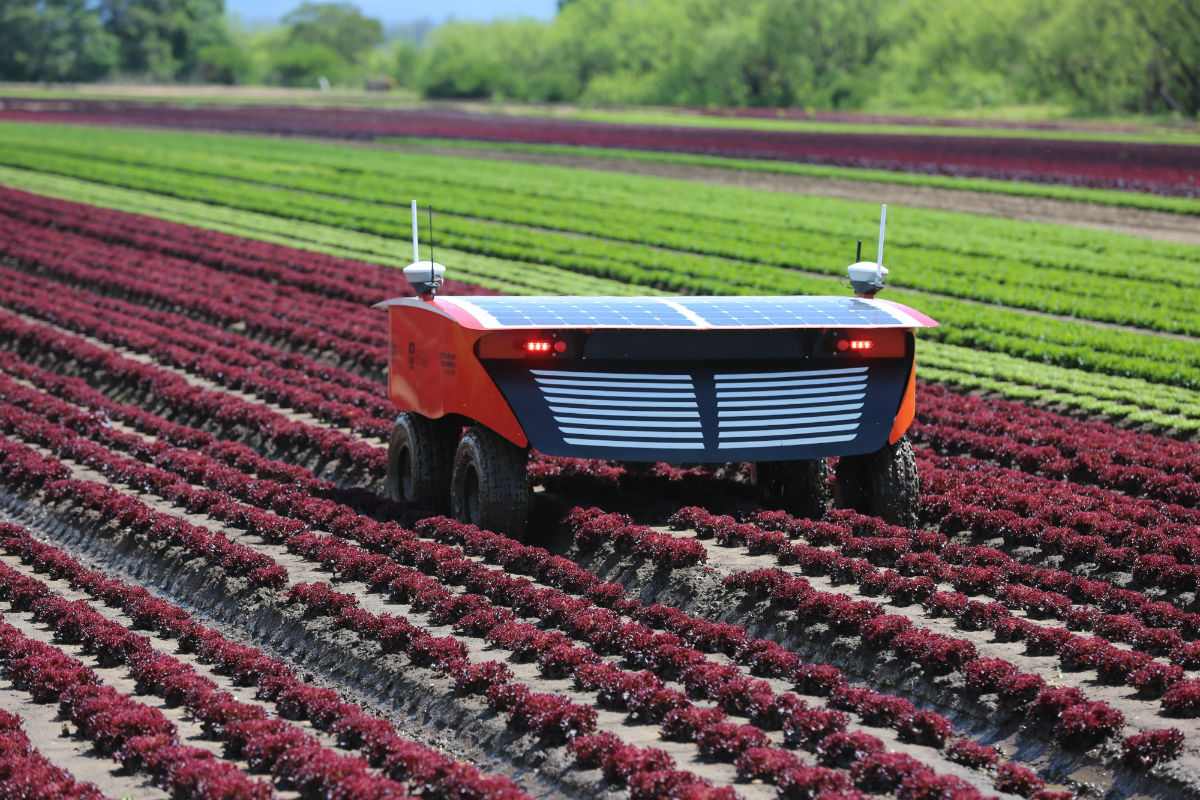
RIPPA, a solar-power driven electric robot was designed for long hours in the field. Best on a vegetable farm, it has a collection of sensors to monitor plant health and growth and can scan for pests. It carries a collection of robotic subsystems for mechanical weeding, precision spraying, soil sampling, and foreign object removal.
Smriti Daniel
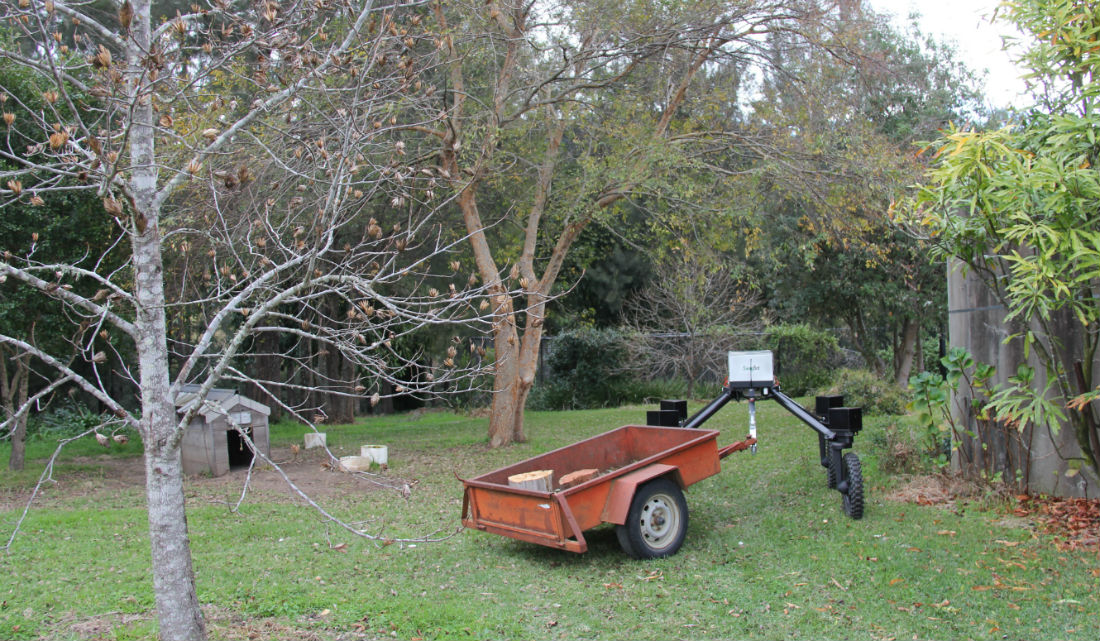


In order for robots to become acceptable on farms they need to do a range of tasks to support growers. In this image, SwagBot is seen towing a trailer. The farmers can select a location for the robot to autonomously take items to, transporting animal feed, for instance, with ease.
Smriti Daniel
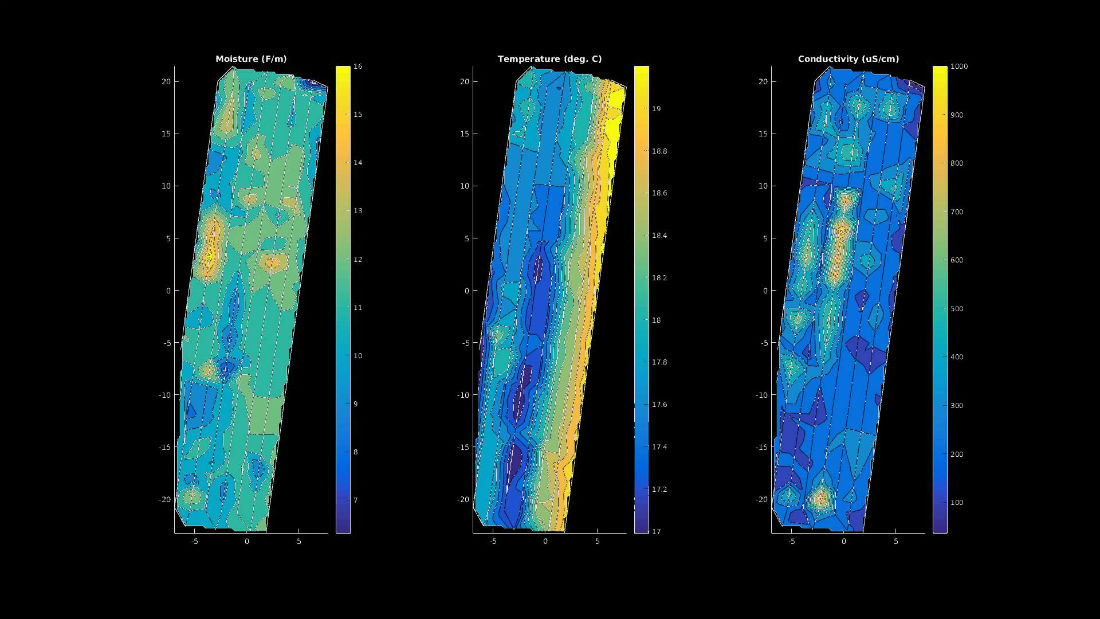


RIPPA comes equipped with a soil moisture probe. As it travels through the rows, it can select when to measure the moisture simply by pushing the soil probe into the earth and logging the measurement. The action could be triggered by RIPPA’s sensors that tell the robot when a plant looks unhealthy or stressed.
Smriti Daniel
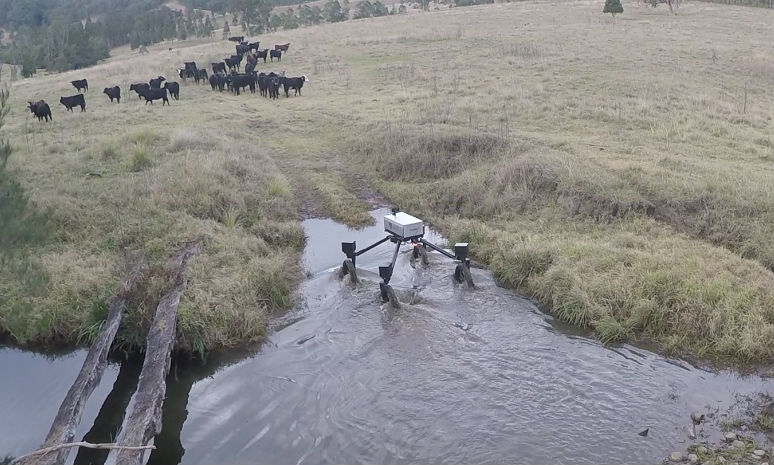


This SwagBot was designed to be put to work on cattle farms and deal with undulating and difficult terrain. Sensors on the robot were dedicated to monitoring the health of individual animals and tracking the movements of the herd, allowing cattle farmers to keep an eye on their animals from afar.
Smriti Daniel
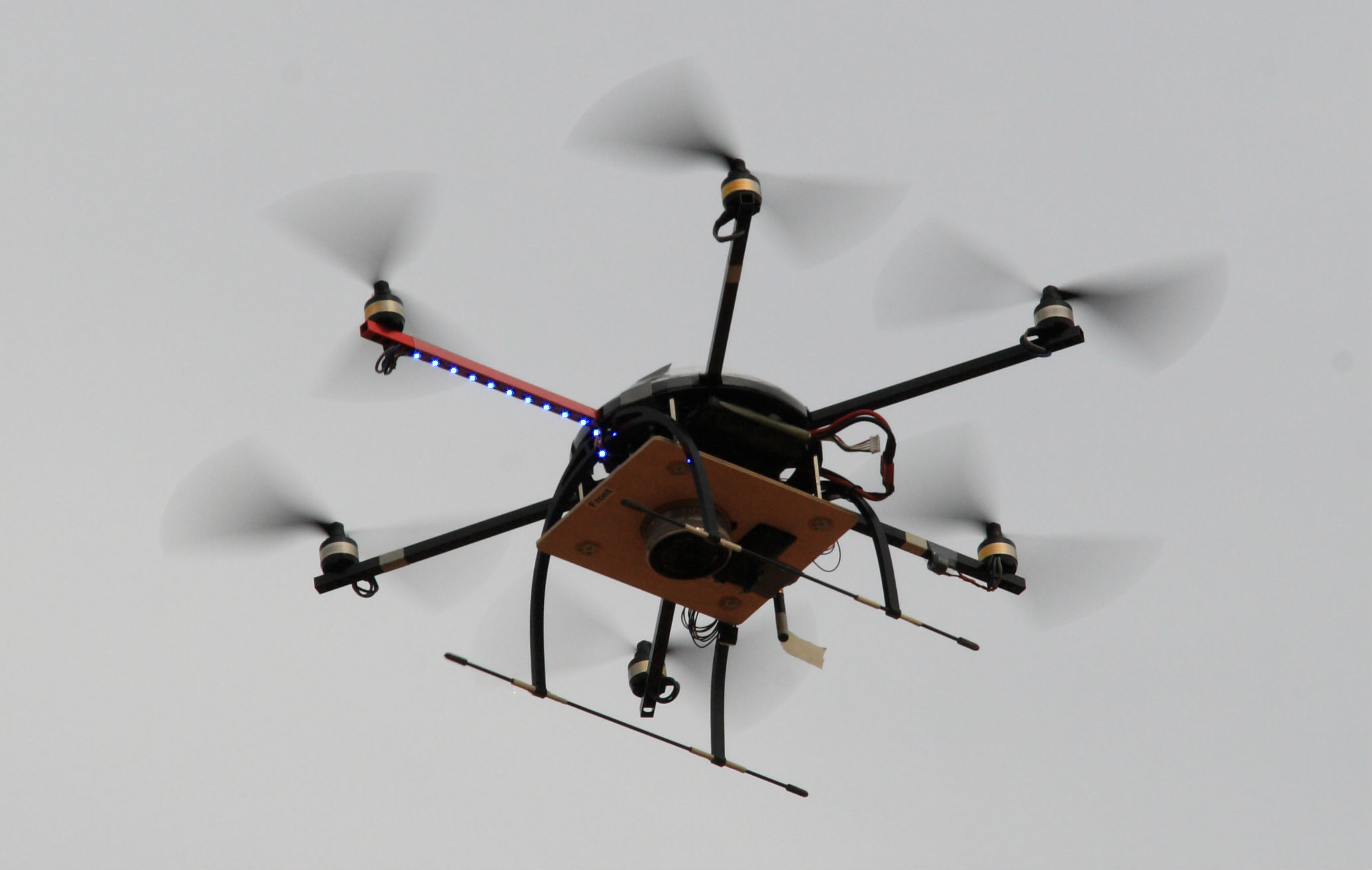


This drone was deployed in a series of projects dedicated to aquatic weed detection. In this photo it is looking for alligator weeds, an invasive aquatic plant that originated from South America but has clogged waterways in Australia, Thailand and the US.
Smriti Daniel
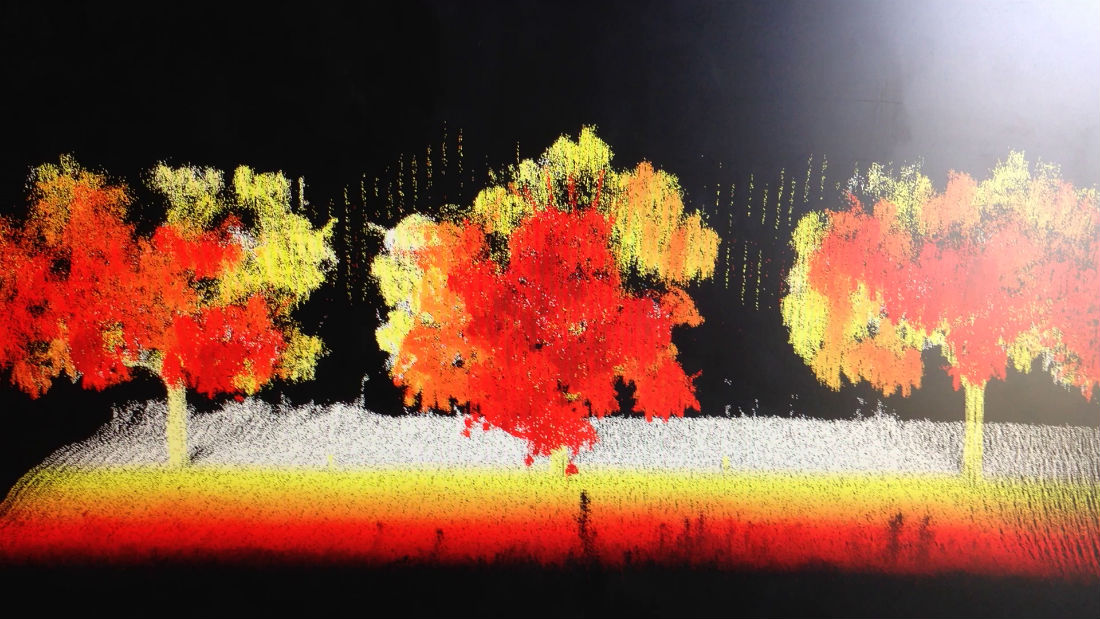


Photo was taken by an ACFR robot as part of the tree crop programme where the focus was on using robots with sensors to detect specific tree features. As the robot travels up and down between tree rows, a lidar sensor on board allows it to collect data that charts the boundaries of every tree.
Smriti Daniel
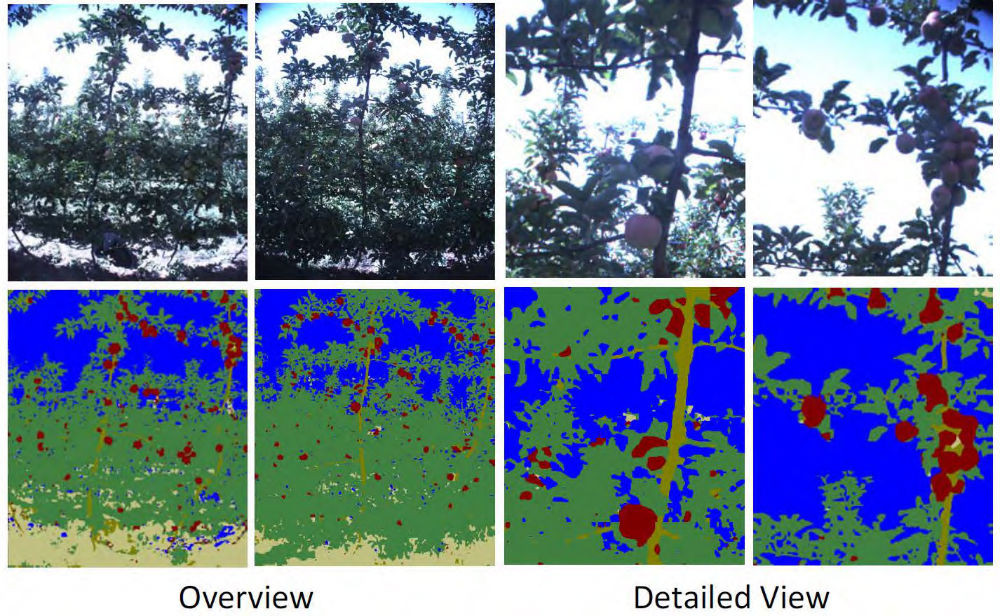


Once the robot knows where the tree is, researchers can then apply other machine learning algorithms for higher-level tasks. This includes detecting specific features on the tree - in this case the actual fruit. The robot is also able to detect and count flowers. Such accurate figures allow farmers to predict yields with great confidence
Smriti Daniel
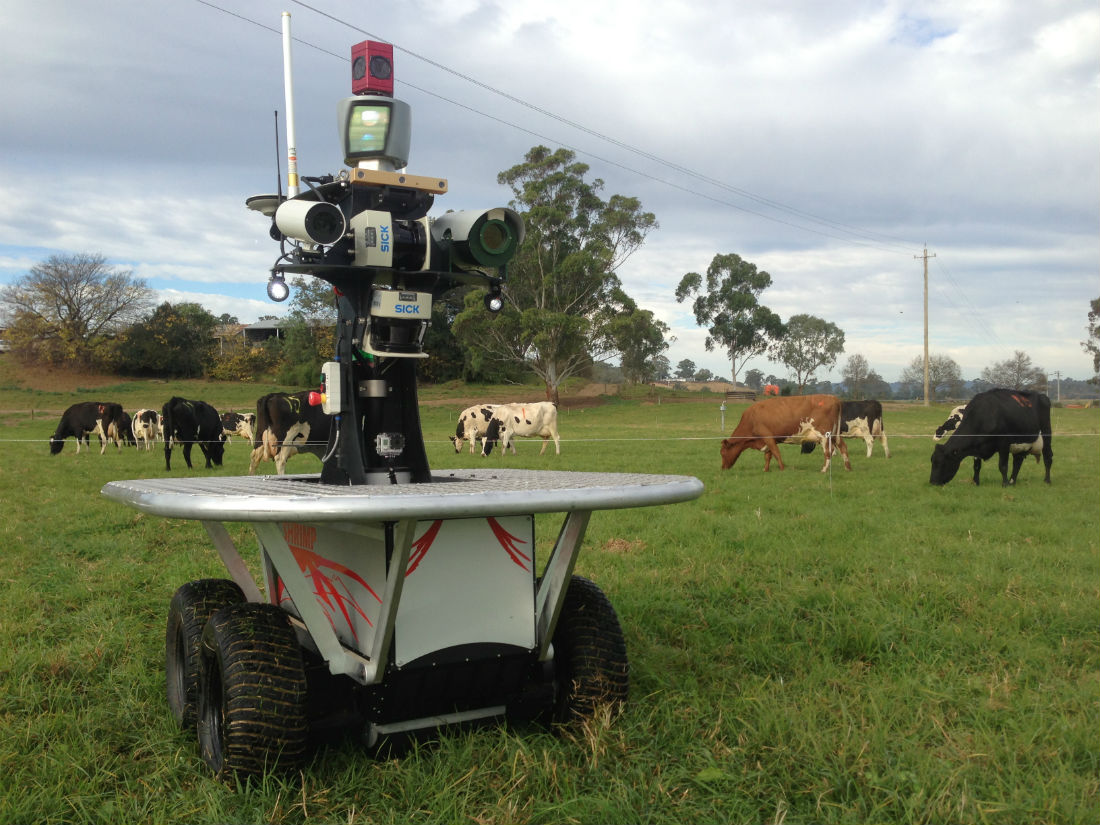


Here the robot called Shrimp was deployed to see how cattle would respond to its presence. As the photo shows, the cows did not mind Shrimp sharing their field, allowing the farmer to monitor them up close. In the future, the robot will also measure pasture quality – a prerequisite for a healthy herd and for cows to produce quality milk
Smriti Daniel
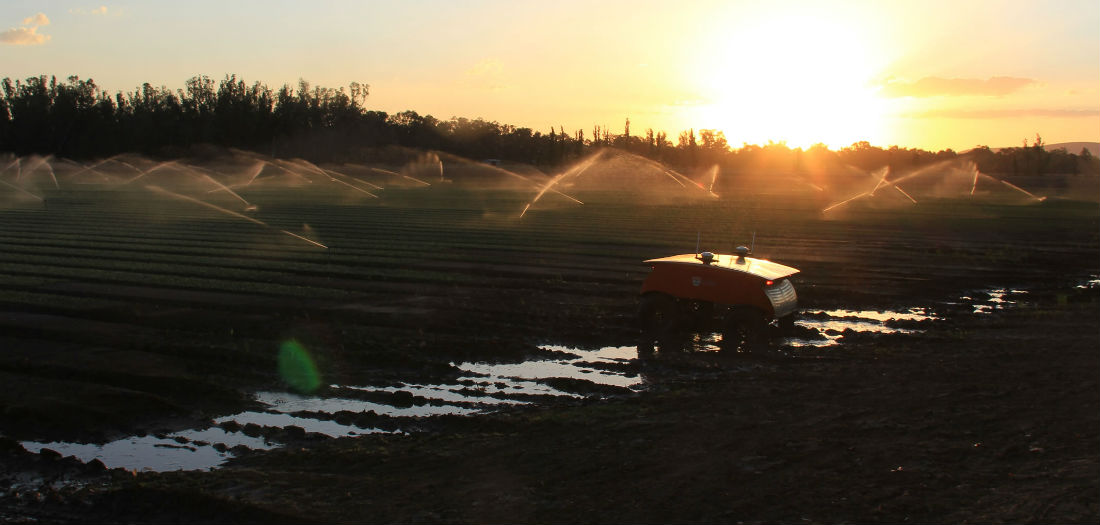


One of ACFR’s goals is to build robots that can operate for long periods. In this trial, RIPPA ran for 22 hours starting at 5:30am until the following morning before stopping. When the sun came up, the batteries were recharged and the robot went back to work.
Smriti Daniel
By: Smriti Daniel
Send to a friend
The details you provide on this page will not be used to send unsolicited email, and will not be sold to a 3rd party. See privacy policy.
Robots will soon be fixtures in farms. From tracking cattle and measuring crop health to counting yields and dispensing agro-chemicals, the new technologies promise solutions to pressing farm labour shortages, yield and productivity issues as well as growing environmental concerns.
“We are starting to see more and more robots on the farm, doing farm tasks and eventually, we are going to get to the stage where you see semi-automated or even fully automated farms happening,” Salah Sukkarieh, director of research and innovation at the Australian Centre for Field Robotics (ACFR), said during the Falling Walls conference (7-11 November) in Berlin.
Pointing out that leaps forward in computing power have made real time data gathering and analysis possible, Sukkarieh said farmers would now be able to make critical decisions that address the issues of an individual plant, tree or animal, rather than having to apply decisions on a whole farm or orchard.
This photo gallery explores the exciting developments in field robotics that were presented during the conference, touching on the capabilities of different robots and the information they are now able to supply farmers. Presently, the robots are still beyond the means of small farms in developing countries, admits Sukkerieh. But the ACFR, which is one of the largest robotics research institutions in the world, is hopeful that the technology will become increasingly affordable, particularly thanks to developments in 3D printing.













